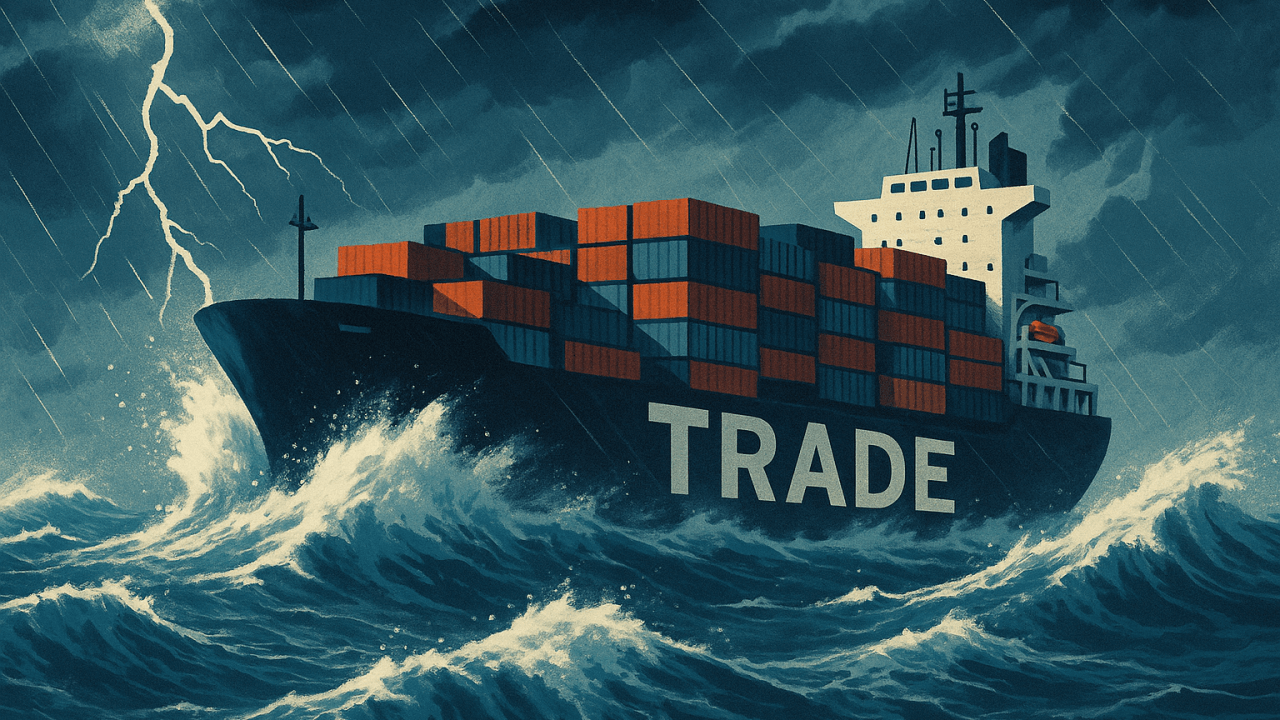Getting classification right—The first domino in export compliance
The exercise of disciplined export control classification assigns every product, software build, and technical-data set your company develops the correct export control classification number (ECCN) under the Commerce Control List, the right United States Munitions List paragraph, or—when nuclear items are involved—the Nuclear Regulatory Commission regulations. That single choice decides which licenses you need, whom you may serve and collaborate with, and recordkeeping requirements. Treat it as an after-thought and you invite costly delays and regulator scrutiny; treat it as the impetus for a rigorous, repeatable process and the rest of your program falls neatly into place.
Why speed and accuracy must coexist
Compliance leaders are caught between two imperatives. Business units expect same-day turn-times, while regulators expect accurate, consistent, error-free determinations capable of withstanding deep-dive audits and regulator scrutiny. Every extra day spent nailing down a classification delays quotes, ties up inventory, and irritates customers; yet a hasty “EAR99” label can lead to shipment holds or six-figure settlements. The only sustainable path is to deliver defensible classifications quickly, accurately, and consistently.
A scalable action plan for lean teams
Operating a well-functioning classification program (much less a compliance program) can’t be done just by looking out for stumbling blocks. Instead, a company must build systematically to ensure efficient, accurate, repeatable execution:
- Build a living inventory. Capture each part number, software module, and data set, linking it to its classification and next review date.
- Standardize the classification rationale. One template forces reviewers to note the order of review, list candidate classifications, apply “specially designed” logic, and narrate why the final answer is appropriate.
- Automate the first pass. AI-based tools can parse product brochures, web descriptions, or uploaded URLs in minutes and surface likely classifications, freeing experts for the hardest 10%.
- Trigger automatic reviews. Any spec change, new market, or Federal Register update queues the item for reassessment—no exceptions.
- Train the business side. Short, role-specific sessions—“Top 5 red flags for Sales,” “When Engineering must flag encryption”—reduce errors more effectively than thick policy binders.
Where most teams stumble—and how to stay upright
In practice, five recurring friction points derail even well-meaning programs. Recognizing them—and baking in simple countermeasures—goes a long way toward reconciling speed with certainty:
- Fast-moving tech. A new AI accelerator hardware rarely has a one-to-one match on the CCL. Compare performance thresholds (TOPS/Watt, processing speed) to the CCL notes instead of product names, and give engineers a quick-reference chart so they flag potential controls early.
- Multi-regime overlap. An infrared camera might be EAR-controlled on its own but shift to the USML once integrated into a targeting system. Map the bill-of-materials to end use at the design-gate stage and escalate borderline items for a commodity-jurisdiction review.
- “Specially designed” tests. A generic servo motor that shows up in both commercial drones and missile prototypes demands the Release 1 / Release 2 logic. Document each step, note any exclusions, and explain why the motor is—or is not—specially designed for a controlled item.
- Intangible exports. Engineers in Europe downloading controlled design files from a U.S. Git repo trigger the same rules as a physical shipment. Tag files with their classification and lock cloud access by nationality to avoid silent violations.
- Documentation gaps. A reviewer marks “5A992” but leaves no supporting notes. Capture a structured classification rationale—the order of review followed, candidate classifications considered, “specially designed” decisions made, and a narrative of why the final answer fits—to cut re-work and speed audits.
How Trade Compliance Workbench (TCW) accelerates the journey
Developed by practitioners who have faced these headaches, TCW streamlines each step without sacrificing rigor:
- AI-powered suggestions. Upload a product brochure, specify a URL, or describe the item—TCW surfaces likely classifications and highlights the language that triggered each match.
- Rationale captured by default. The reviewer’s narrative, candidate list, and approval trail are stored immutably—ready for auditors or internal quality checks.
- Live regulatory corpus. TCW syncs daily with BIS, DDTC, and NRC updates; items affected by a threshold shift land in your queue automatically.
- Seamless escalation. Borderline items route to senior reviewers or LumiLex experts without resorting to email threads.
Teams report that tasks once measured in hours—or even days—now finish in a few minutes, freeing compliance talent for higher-value work like strategy, training, and risk forecasting.
The bottom line
Classification is the keystone of export compliance. Get it right and collaboration, licensing, shipments, and recordkeeping line up; get it wrong and every downstream control and decision is compromised. By pairing disciplined processes with purpose-built technology such as Trade Compliance Workbench, organizations can deliver fast, defensible classifications and keep international business moving—confident they will stand up to regulator scrutiny tomorrow.


